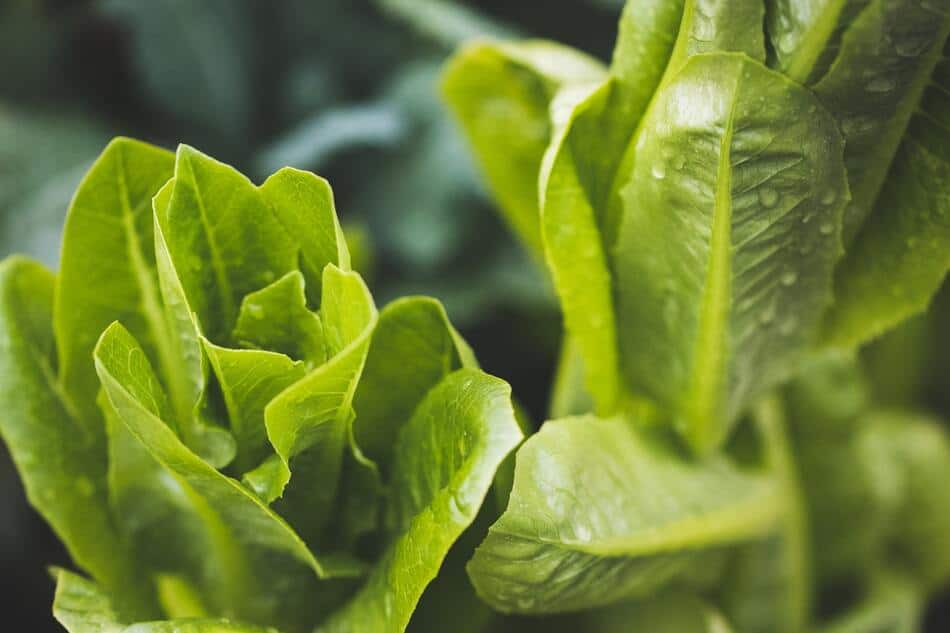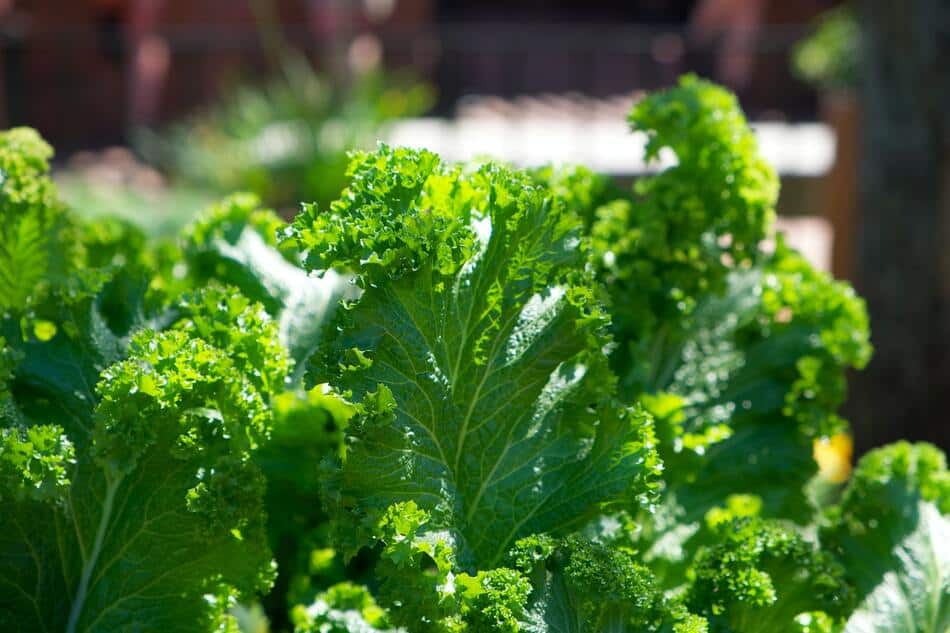In this article, I will discuss how many lettuce plants per square foot, and every other thing involved in growing lettuce in a square foot garden.
How many lettuce plants per square foot? The answer to this question depends on several factors, such as the type of lettuce you are growing, the climate you are growing in, and your personal preferences. However, as a general guide, you can expect to yield around 4-6 lettuce plants per square foot.
Lettuce (Lactuca sativa) is a cool-weather annual leafy vegetable in the daisy family. It is most often grown as a salad crop, but some varieties can also be used for cooking. The word “lettuce” comes from the Latin root lact- or lac, meaning “milk”, because of its milky sap. Lettuce is a low-calorie food, containing only about 15 calories per 100 grams (3.5 ounces). It is mostly water (95%), with small amounts of carbohydrates and protein. It is also a good source of vitamin A and potassium.
What Is A Square Foot Garden?
A square foot garden is a type of gardening that allows you to grow a large number of plants in a small space. It is typically done in raised beds that are 4 feet by 4 feet, and the soil is divided into 1-foot sections, or “squares.” This type of gardening is ideal for people who have limited space, and it can yield a large harvest. Square foot gardening is also a great way to grow plants that are native to your area, as you can customize the soil mix to suit their needs.
How Many Lettuce Plants Per Square Foot?
Lettuce is a cool-weather crop, so it can be planted as soon as the soil can be worked in the spring. It grows best at temperatures between 60 and 70 degrees Fahrenheit. In most cases, you’ll need to thin lettuce seedlings so that they’re about 8 inches apart. Once they’ve grown to about 4 inches tall, you can start harvesting them by cutting the outer leaves. Lettuce will continue to grow as long as you keep harvesting it. For a continuous crop, sow new seeds every two weeks.
The number of lettuce plants per square foot will depend on the size of the plants. If you are using average-sized lettuce plants, then you should be able to fit 9-16 plants in one square foot. However, if you are using larger lettuce plants, then you will only be able to fit 4-9 plants in one square foot.

How To Space Your Lettuce In A Square Foot Garden?
To space lettuce in a square foot garden, plant 8-10 seeds per square. Once the seedlings have grown to 4 inches tall, thin them so that they are 8 inches apart. You can start harvesting the outer leaves once the seedlings have reached this height. For a continuous crop, sow new seeds every two weeks. Lettuce will continue to grow as long as you keep harvesting it.
One of the main considerations in gardening is how much space you have to work with. This is especially true when it comes to growing lettuce, as many different types can be planted, and they all have different space requirements. The following is a guide on how much space you need per lettuce plant, depending on the type you are growing.
Iceberg lettuce: 12-18 inches
Romaine lettuce: 18-24 inches
Butterhead lettuce: 12-18 inches
Looseleaf lettuce: 8-12 inches
Once you have determined the type of lettuce you want to grow, you can then calculate how many plants you can fit in your given space. For example, if you have a 10-foot by 10-foot garden, and you want to grow iceberg lettuce, you can fit approximately 100 plants in that space. This is because each plant needs 12-18 inches of space, and there are 12 inches afoot. Therefore, you would need 120-180 square feet of space for 100 plants.
Remember, when growing lettuce, it is important to give each plant enough space to thrive. Overcrowding can lead to disease and poor yields, so make sure to follow the spacing guidelines for your chosen type of lettuce. With a little planning, you can have a bountiful harvest of fresh lettuce all season long!
The Best Kinds Of Lettuce To Grow In A Square Foot Garden
The best kind of lettuce to grow in a square foot garden is the loose-leaf lettuce. This type of lettuce has a lot of leaves and does not form ahead. The leaves are tender and have a mild flavor. Loose-leaf lettuce is easy to grow and does not need a lot of space. You can sow the seeds directly in the garden or start them indoors and then transplant them. There are many different types of lettuce that you can grow in a square-foot garden. Some of the most popular include:
- Romaine lettuce: This type of lettuce is known for its long, crispy leaves. It’s a great option for salads or as a garnish.
- Iceberg lettuce: Iceberg lettuce has a crisp, crunchy texture and a mild flavor. It’s often used in salads or as a burger topping.
- Butterhead lettuce: Butterhead lettuce has soft, buttery-textured leaves. It’s a great option for sandwiches or wraps.

When growing lettuce in a square foot garden, it’s important to give your plants enough space. Lettuce plants should be spaced about 6 inches apart. This will give them room to grow and prevent them from crowding each other out.
It’s also important to water your lettuce regularly. Lettuce plants need about 1 inch of water per week. Be sure to water them deeply, so that the water reaches the roots of the plants. If you live in an area with hot summers, you may need to provide some shade for your lettuce plants. This will help them stay cool and prevent them from wilting in the heat. Once your lettuce is ready to harvest, you can cut the leaves off at the base of the plant. You can also harvest the entire plant by pulling it up from the roots.
Conclusion
Growing lettuce in a square foot garden is a great way to get into gardening. Not only does it take up less space, but it’s also easier to care for than a traditional garden. Lettuce is a great crop to grow in a square-foot garden. With a little care, you can enjoy fresh, homegrown lettuce all season long!
RELATED TOPICS:
HOW MANY CUCUMBER PLANTS PER SQUARE FOOT?

